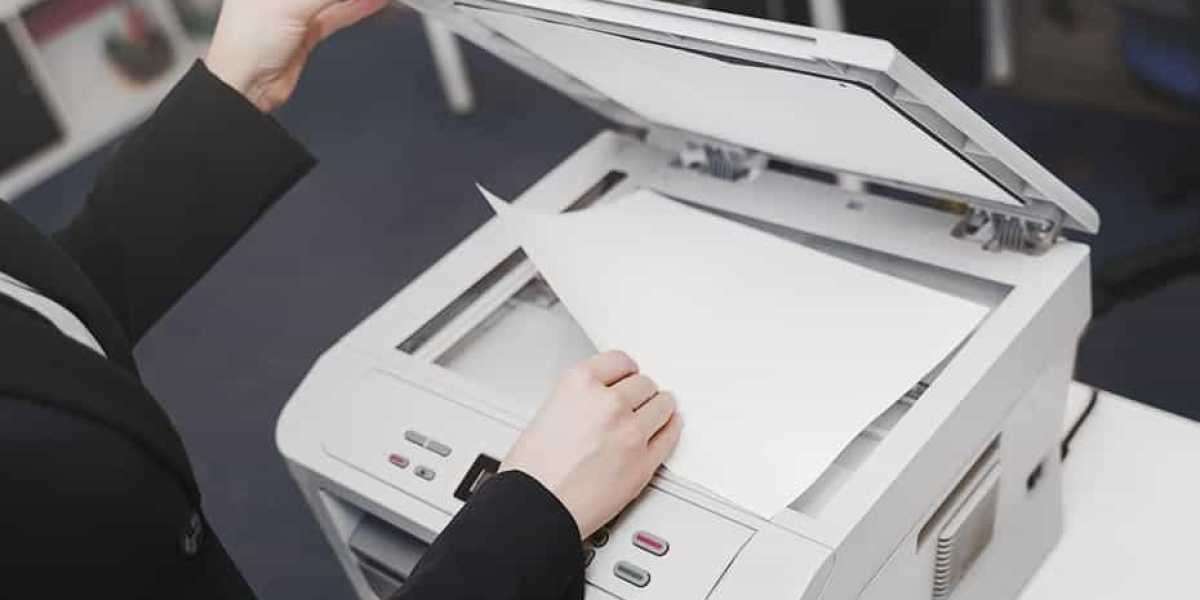Are you experiencing issues with your brakes? Maintaining your vehicle's brakes is crucial for your safety on the road. In this step-by-step guide to brake repair, we will walk you through the process of inspecting, diagnosing, and fixing common brake issues. Whether you are a seasoned mechanic or a DIY enthusiast, this article will provide you with the knowledge and tips you need to keep your brakes in top condition.
Introduction to Brake Maintenance
Proper brake maintenance is essential for ensuring your vehicle's safety and performance. Your brakes are a critical component of your car, responsible for slowing down and stopping your vehicle. Over time, regular use can wear down your brakes, leading to decreased effectiveness and potential safety hazards. By following a regular maintenance schedule, you can prolong the life of your brakes and prevent costly repairs down the line.
Signs That Your Brakes Need Attention
Before diving into the repair process, it is essential to know the signs that indicate your brakes need attention. Some common signs of brake issues include:
- Squeaking or squealing noises when braking
- Vibrations or pulsating sensations when braking
- Longer stopping distances
- Soft or spongy brake pedal
- Illuminated brake warning light on the dashboard
If you notice any of these signs, it is crucial to inspect your brakes promptly and address any issues to ensure your safety on the road.
Steps to Inspecting Your Brakes
- Visual Inspection: Start by visually inspecting your brake pads and rotors for signs of wear. Look for uneven brake pad wear, excessive brake dust, or grooves in the rotors.
- Brake Fluid Check: Check your brake fluid level and condition. Low brake fluid levels can indicate a leak in the brake system, while discolored brake fluid may need to be flushed and replaced.
- Brake Line Inspection: Inspect your brake lines for any signs of leaks, damage, or corrosion. Damaged brake lines can compromise the effectiveness of your brakes and should be replaced immediately.
Diagnosing Brake Issues
Once you have inspected your brakes, it is time to diagnose any issues you may have identified. Common brake issues include worn brake pads, warped rotors, or air in the brake lines. By understanding the root cause of the problem, you can efficiently address the issue and restore your brakes' performance.
Steps to Fixing Brake Issues
- Replacing Brake Pads: If your brake pads are worn, they will need to be replaced. Start by lifting the vehicle, removing the wheels, and accessing the brake calipers. Remove the old brake pads, clean the calipers and rotors, and install the new brake pads according to your vehicle's specifications.
- Resurfacing or Replacing Rotors: If your rotors are warped or worn, you may need to resurface or replace them. Consult your vehicle's manual for the proper procedure and torque specifications for reinstalling the rotors.
- Bleeding the Brake System: If you have air in your brake lines, you will need to bleed the brake system to remove any air bubbles. Start at the furthest brake caliper from the master cylinder and work your way towards the closest caliper, ensuring all air is removed from the system.
Conclusion
In conclusion, proper brake maintenance is essential for your vehicle's safety and performance. By following this step-by-step guide to brake repair, you can diagnose and fix common brake issues, ensuring your brakes are in top condition. Remember to inspect your brakes regularly, address any issues promptly, and consult a professional mechanic if you are unsure about any aspect of brake repair. Take care of your brakes, and they will take care of you on the road.














